- difficult engine start;
- unstable engine operation;
- the engine stalls at idle;
- increased idle speed of the crankshaft;
- the engine does not develop full power, insufficient engine acceleration;
- jerks and failures in the operation of the engine when the car is moving;
- increased fuel consumption;
- increased content of CO and CH in the exhaust gases;
- glow ignition due to leaky nozzles.
You will need: pliers, autotester.
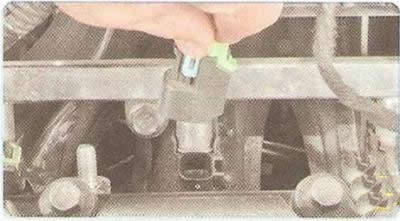
1. First check the condition of the injector windings. To do this, disconnect the wiring harness blocks from the injectors by sliding the latches.
2. Check the resistance of the injector winding. The resistance of a good injector should be 14-16 ohms. If the winding resistance is not correct, replace the injector, as it is beyond repair.
Note: Check the injectors for the shape of the sprayed fuel jet and for leaks at specialized service stations: such a check directly on the car is very fire hazardous.
3. Remove the fuel rail (see «Removal and installation of the fuel rail»).
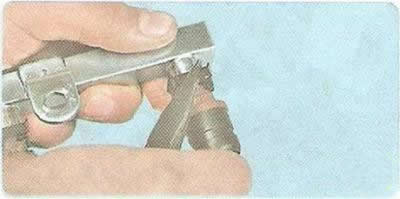
4. Pry up the nozzle retainer...
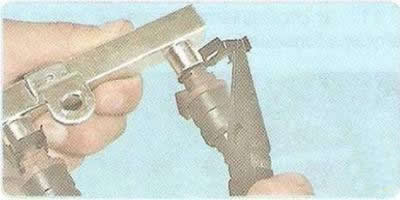
5.... and remove it from the fuel rail.
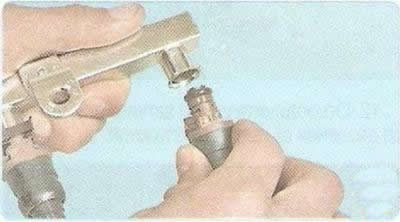
6. Remove the nozzle shank from the rail opening. Remove the other injectors in the same way.
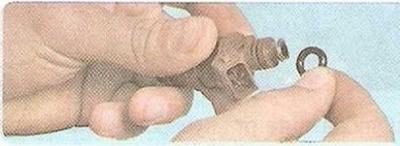
7. Whenever removing the injectors, be sure to replace the O-rings on all injectors on the side of the fuel rail...
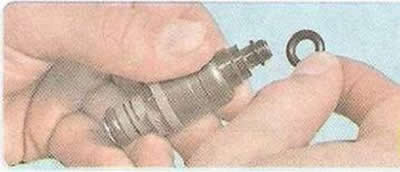
8....and from the atomizer side.
9. If you are installing the old injectors, carefully wash their atomizers with a solvent or carburetor cleaner.
Warning: It is not allowed to wash the nozzles by dipping into a detergent composition, as this will damage their electrical part.
10. Install the nozzles in the reverse order of removal. Lubricate the O-rings with engine oil before installing the injectors.
11. Having installed the nozzles in the fuel rail, and the rail on the intake pipe and connecting the pipelines to the rail, start the engine and check the tightness of the connection of the pipeline and nozzle seals.
